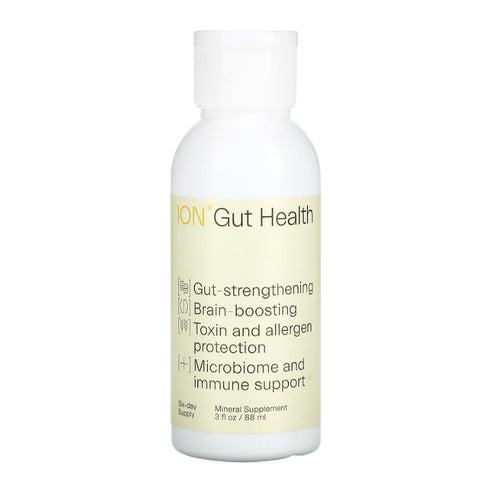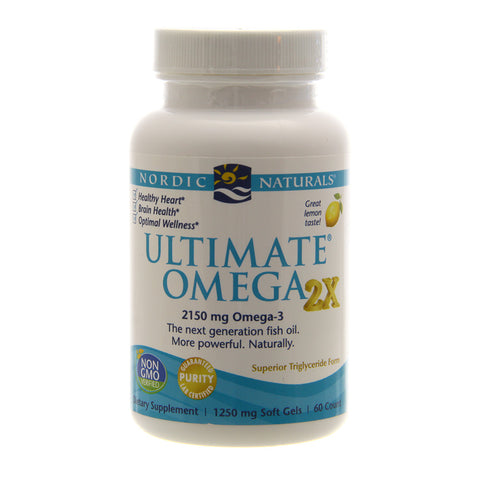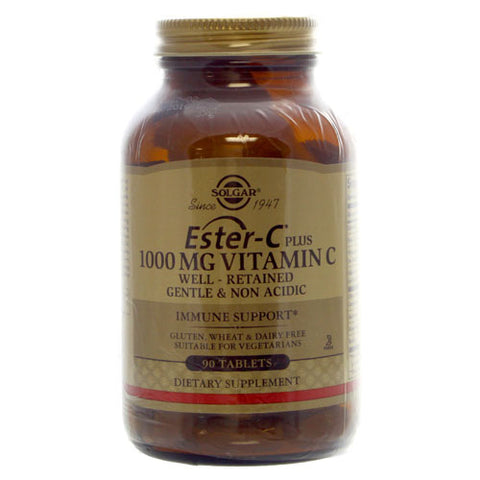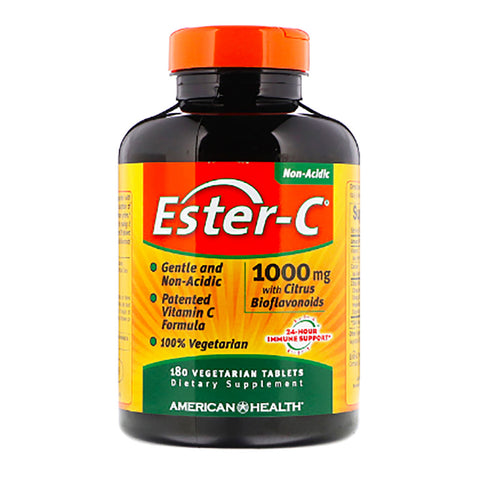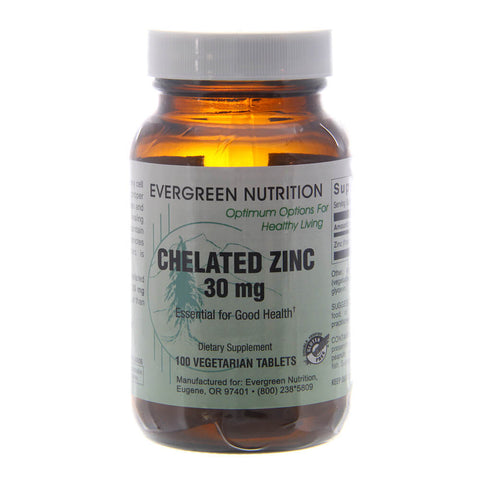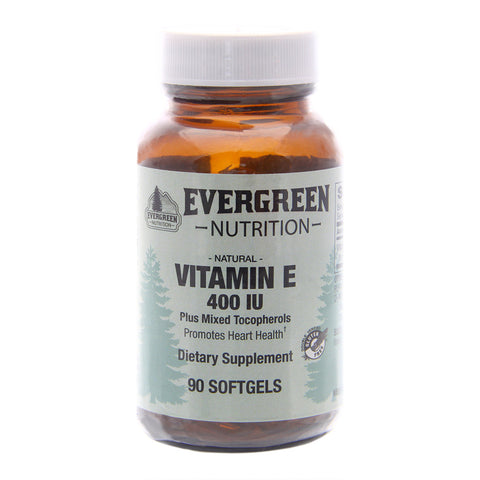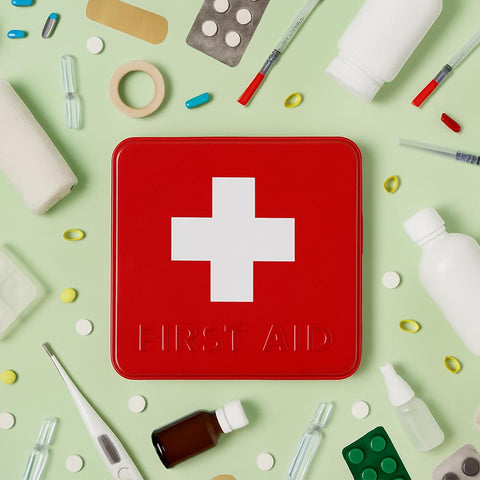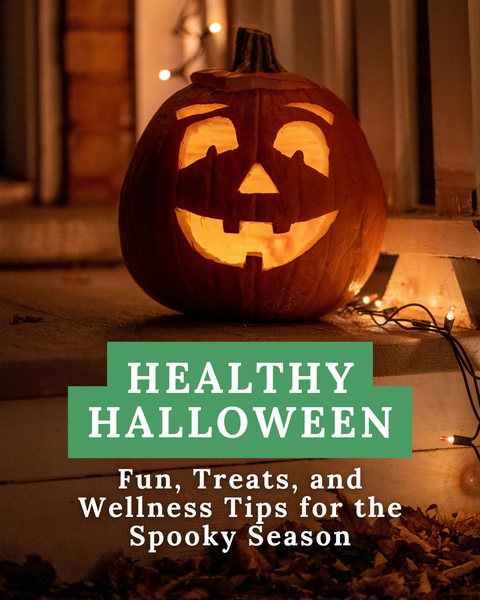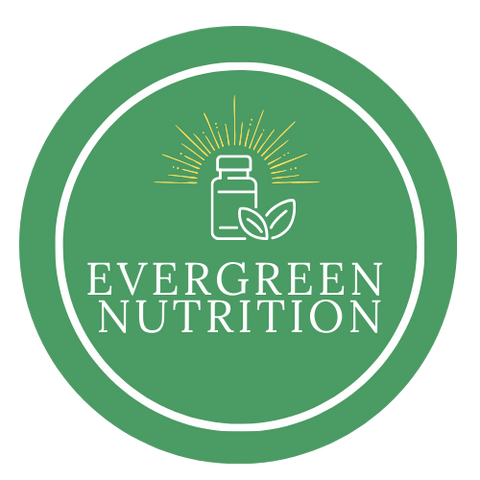Welcome to Evergreen Nutrition!
Our mission is to provide knowledge and resources to help you make informed, confident decisions about your well-being, fostering a community of wellness and self-care.
On this site and in our Eugene, OR store, you'll find a large and impeccably curated selection of organic and non-GMO supplements from trusted brands.
We're glad to have you here.
The Evergreen Nutrition Standard
Quality + Knowledge
Whether buying in store or here online, you can trust that we only offer products and advice that meet the highest standards of quality.
That's why we've been providing nutritional supplements, vitamins, and personal care products since 1980.
Discover More!
Join Bethany, owner of Evergreen Nutrition, as she goes beyond the shelves to explore the world of health, wellness, and personal growth.
On Totally Exposed: Real, Raw & Authentic with Bethany, Bethany sits down with experts, innovators, and everyday people who inspire healthier, more vibrant living.
Tune in to hear about the latest wellness trends, product spotlights, and powerful stories that help you thrive—inside and out.
